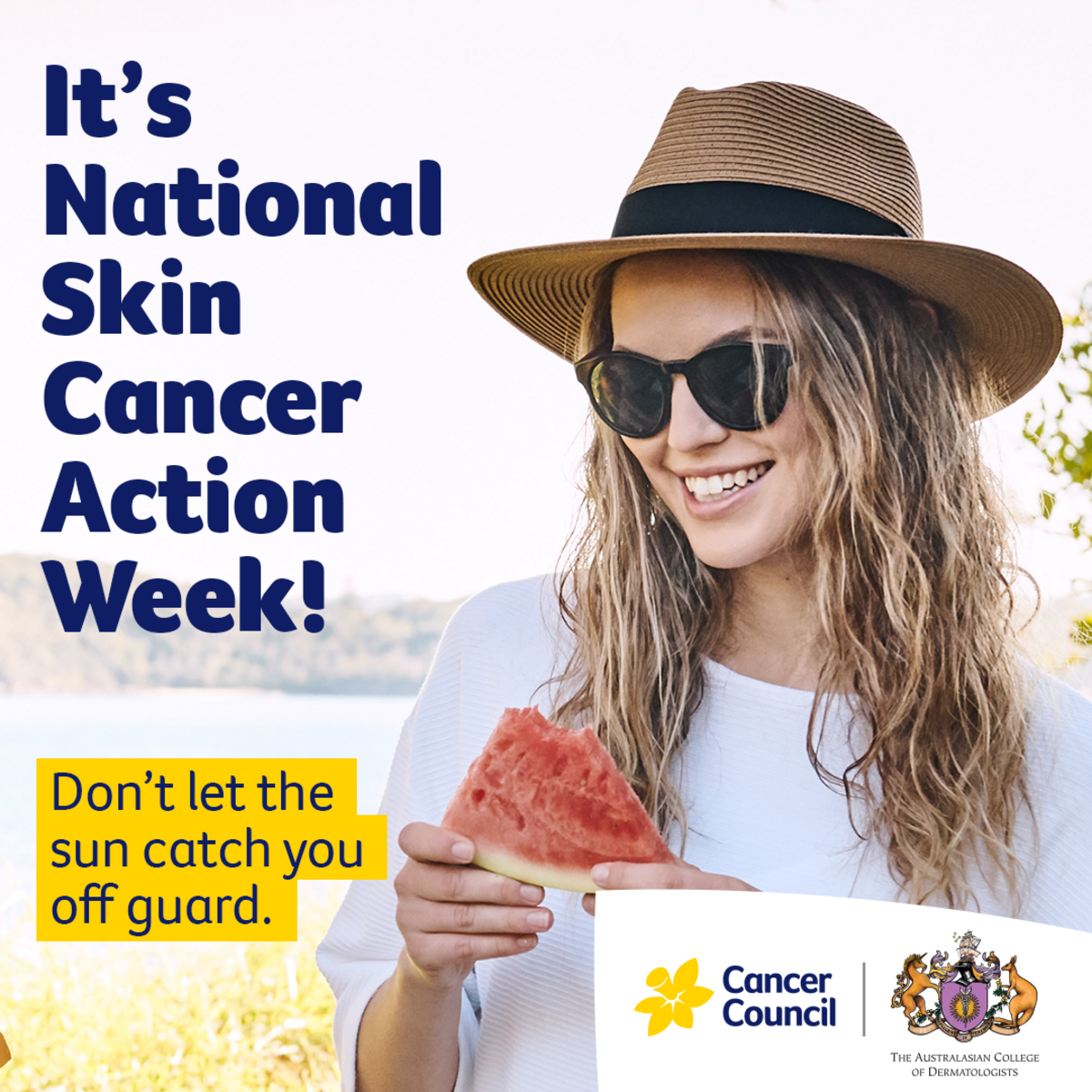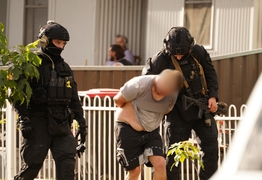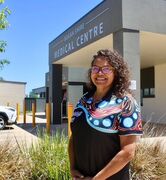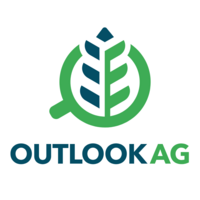Incidental sun exposure puts us at risk – Cancer Council
Paula Doran
22 November 2024, 1:40 AM

Regional residents of New South Wales have been reminded that incidental sun exposure adds to the risk of developing skin cancer.
In this, National Skin Cancer Action Week (17-23 November), health experts say incidental exposure shouldn’t be underestimated in the battle against developing skin cancer.
With rates of skin cancer and melanoma increasing across rural Australia, rural doctors say that it’s never too early or too late to reduce your risk of skin cancer.
Dr Sarah Chalmers, President Elect of the Rural Doctors Association of Australia (RDAA) said that there were many ways to help minimise your risk.
“Often called Australia’s ‘national cancer’ rates of melanoma are increasing in rural Australians at an alarming rate,” Dr Chalmers said.
The reality is that our older rural Australians are the most likely to suffer from melanoma, and men are twice as likely to die from melanoma as women.
“While skin cancer can occur at any age many older people, particularly those living in regional, rural and remote areas have an increased risk of melanoma due to longer unprotected UV radiation exposure and a history of burning during childhood.
“So for older Australians, taking action not only means protecting yourself from further exposure to UV radiation, but also to do regular skin checks. Start with these at home with your partner or friend, using tools such as Self-Skin Checks, No Regrets to identify unusual spots, moles or lesions. More than two out of three (69%) rural Australians have detected their own skin cancer,” Dr Chalmers said
Daily habits required – Cancer Council
The Cancer Council is encouraging all Australians to make sun protection a daily habit to reduce the risk of developing skin cancer.
Often called our ‘national cancer’, Australia has the highest rate of skin cancer in the world. Approximately two in three Australians will be diagnosed with skin cancer during their lifetime.
When exposed to UV radiation, it doesn’t take long for skin damage including sunburn to occur, increasing the risk of developing skin cancer later in life. In fact, over-exposure to UV radiation causes up to 95% of melanomas. In every region across Australia, it is likely to reach extreme levels of UV over the summer months.
Incidental sun exposure adds up
"It’s a great time of year to get outside and enjoy the outdoors. When you’re out doing daily activities, such as walking the dog, gardening or hanging out the washing, you can get caught off guard by UV radiation you’re not aware of, so it’s important to keep sun protection top of mind.
“Protecting your skin during those ‘incidental’ moments of sun exposure when you’re out and about will reduce your risk of developing skin cancer. Sun exposure that doesn't result in burning can still cause damage to skin cells and increase your risk of developing skin cancer,” a spokesperson for the Cancer Council said.
“Evidence suggests that regular exposure to UV radiation year after year can also lead to skin cancer,” they said.
Don’t let the sun catch you off guard
Messaging is evolving to broaden awareness on the risk of UV exposure. The traditional Slip Slop Slap has now expanded to include:
- Slip on sun protective clothing that covers as much skin as possible.
- Slop on SPF50 or SPF50+, broad-spectrum, and water-resistant sunscreen. Apply it 20 minutes before going outdoors and re-apply every two hours afterwards.
- Slap on a hat—broad brim or legionnaire style to protect your face, head, neck and ears.
- Seek shade.
- Slide on sunglasses—make sure they meet Australian Standards.
“It’s important to get to know your skin and what looks normal for you. If you notice any changes in the size, shape or colour of an existing spot, or the development of a new spot, you should get it checked by a GP or your dermatologist as soon as possible,” according to the Cancer Council.
Melanoma hotspots
In a recent survey of where the most prevalent occurrence of melanomas were to be found in NSW, the Western Local Health District (WLHD) came in fifth, behind the Northern Rivers and Coffs Harbour at the top of the list.
State Health Minister Ryan Park said the release of the latest melanoma hotspot map was a timely reminder, particularly as we head into summer, to always take protective measures when outdoors.
“Most melanoma hotspots are in regional areas but it’s important to remember that no matter where you live, the risk of skin cancer is ever present.
“Australia has one of the highest skin cancer rates in the world and as a community, it’s imperative we take the threat of skin cancer seriously and follow the simple, life-saving steps needed to reduce our risk of this deadly disease.
NSW Chief Cancer Officer and Chief Executive Cancer Institute NSW, Professor Tracey O’Brien AM concurred. “Two out of three Australians will be treated for skin cancer in their lifetime which is why protecting our skin from the sun from a very young age, and into adulthood, is key to reducing our risk of this devastating disease.
“In NSW, UV radiation levels are high 10 months of the year and even short bursts of exposure to the sun can be deadly,” Ms O’Brien said.
“Whether you’re going to the beach or hanging the washing or walking to the shops or train station, I urge everyone to do the simple things like seeking shade when outdoors, wearing sunscreen, putting on a hat, sunglasses and protective clothing to safeguard themselves from harmful UV radiation from the sun.”



